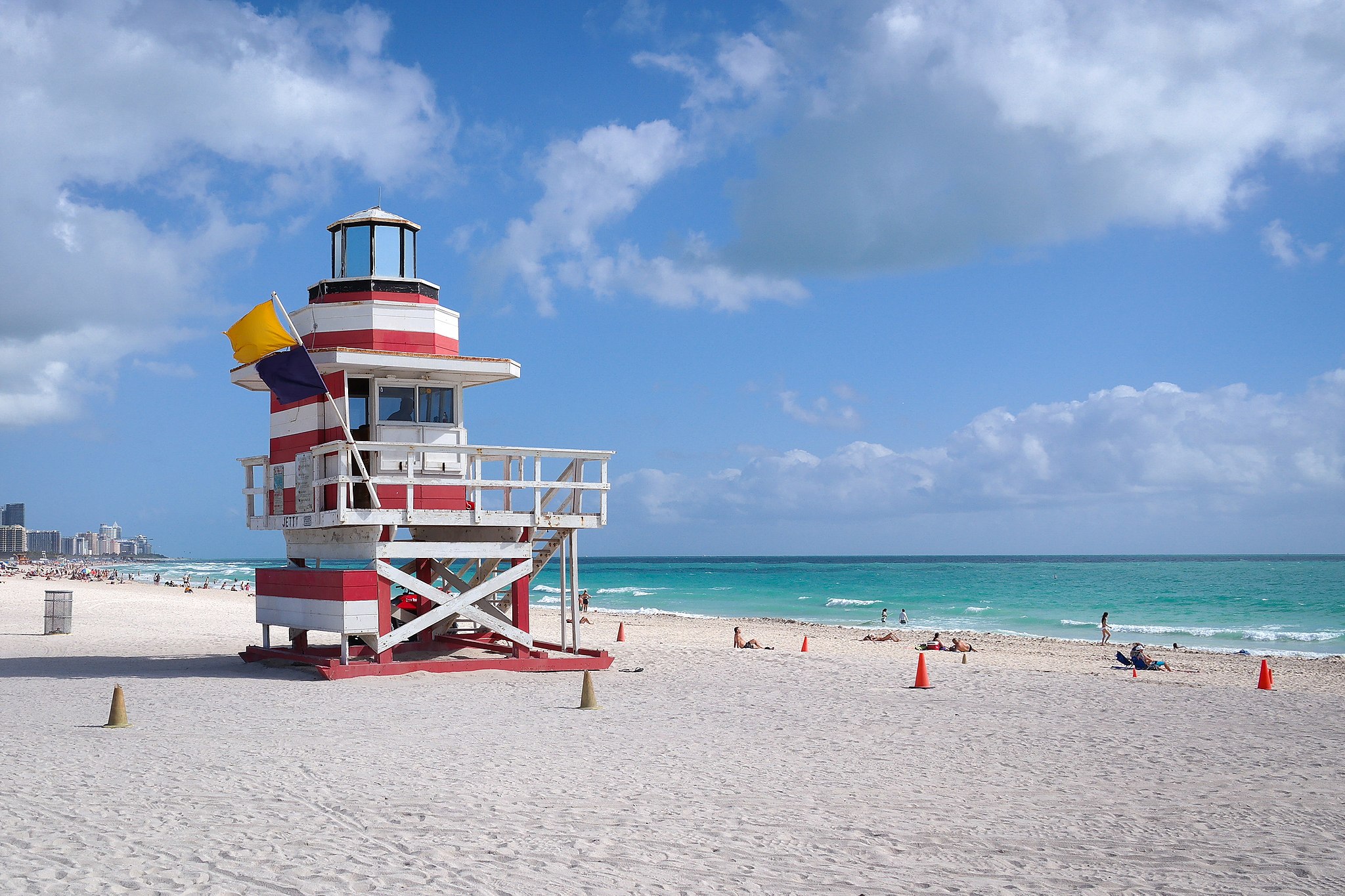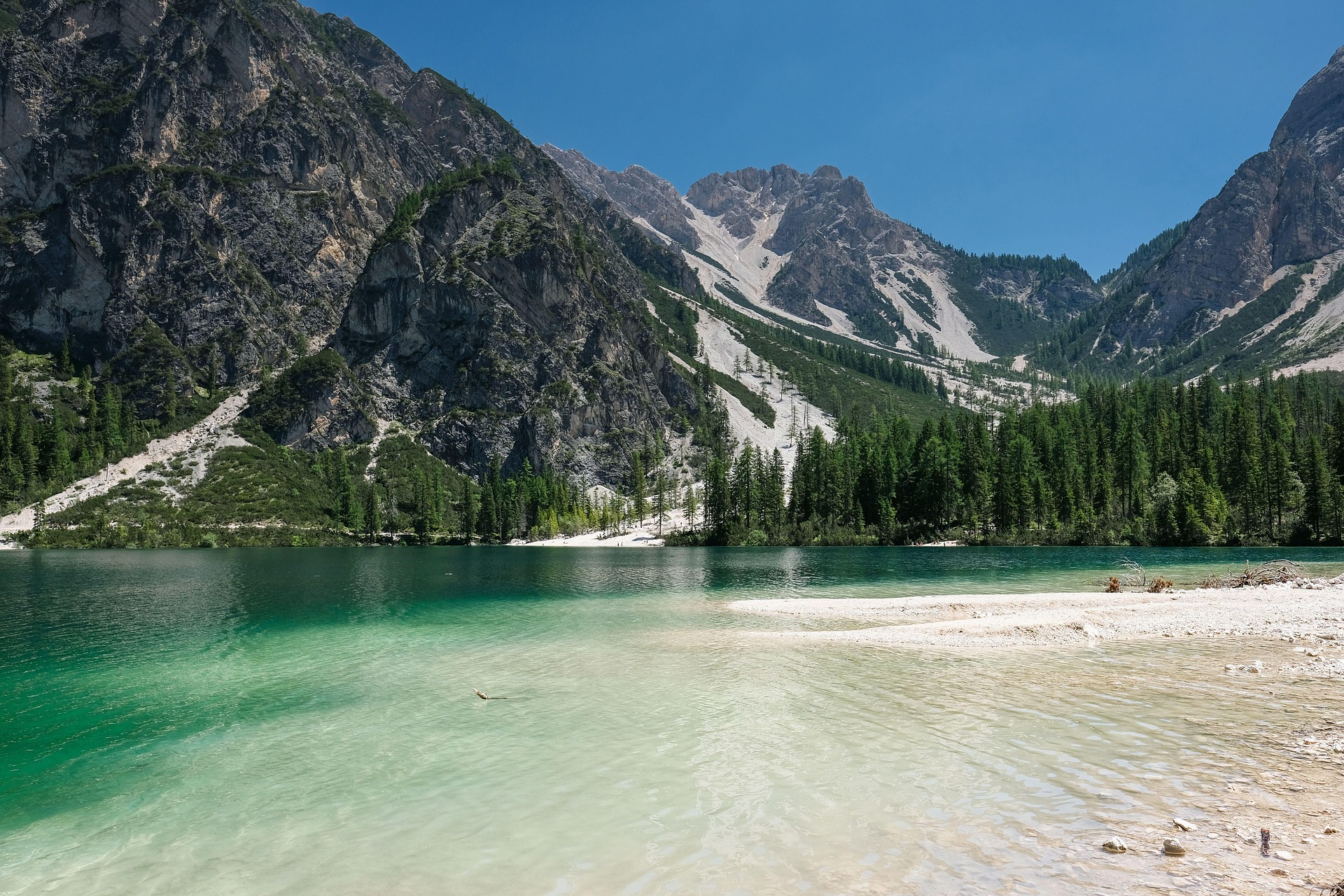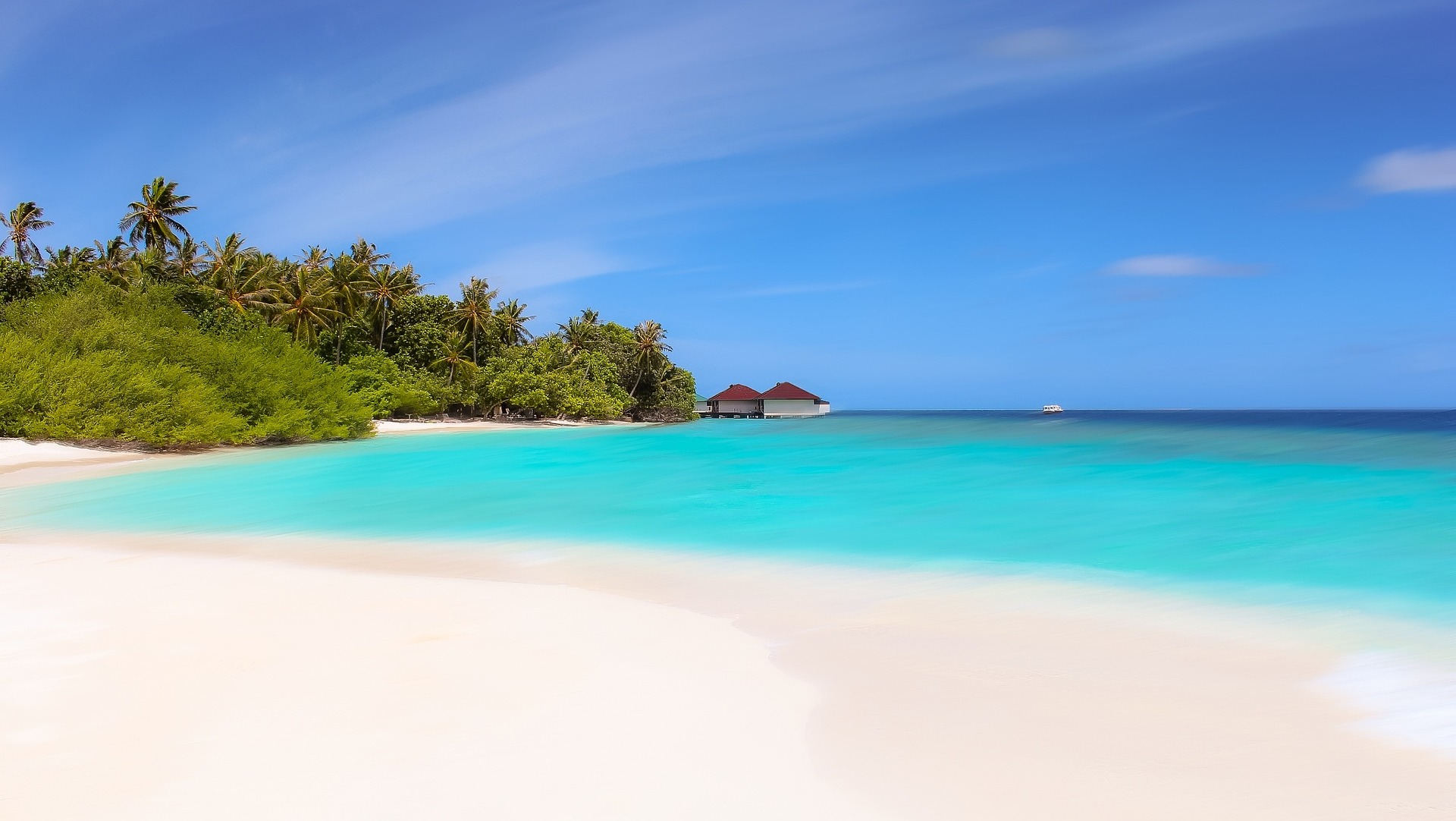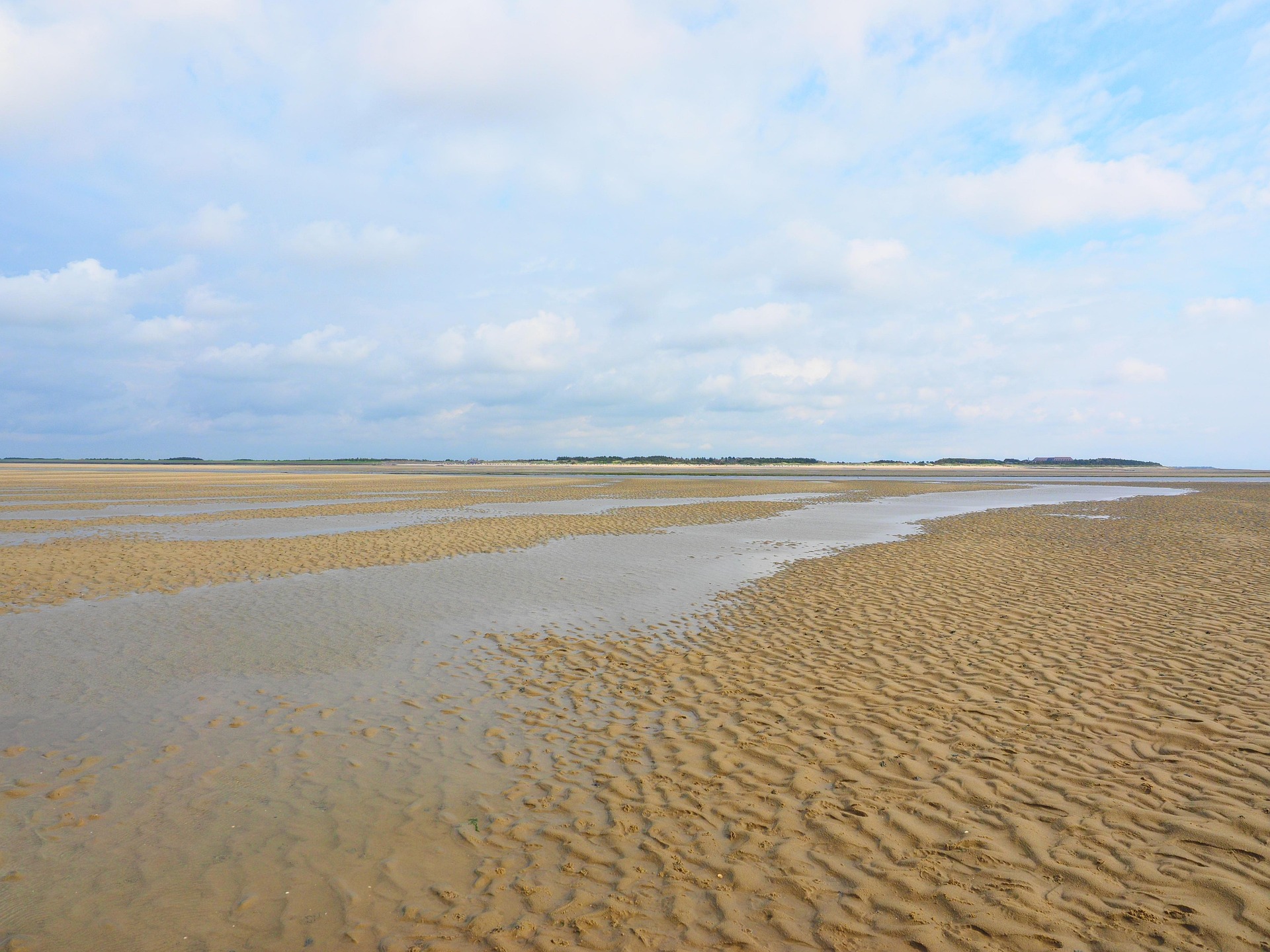
There are several types of beaches across the world:
Stunning locations dot the world with a plethora of fun activities, but beaching is a beloved, time-honored pastime across the globe. From the sandy shores of the Gulf of Mexico to the coast of California and beyond, set sail with us as we discover the many different types of beaches.
Saltwater vs Freshwater Beaches

When you think of beaches, you may imagine seaside escapes, but they’re not the only type of beach — 72% of the blue marble is water, and 70% of it is saltwater. Naturally, saltwater beaches are the most common type and encompass most of the beaches mentioned here. Found by oceans, estuaries, and seas, saltwater beaches contain a high salinity content — that’s why it’s easier to float in these waters. They boast health benefits and are said to be especially helpful for inflammatory ailments. With greater tides, these beaches are great for surfing and bodyboarding.
Freshwater makes up the other 2.5% of the water on the Earth and fills lakes, estuaries, rivers, and streams. Freshwater beaches tend to be sandy and narrow and are often artificial. Beaches on rivers are usually wider, but beaches are barely found adjacent to ponds or streams. The tides on lakes are minimal, so freshwater beaches can be susceptible to the growth of expanding vegetation.
Sandy Beaches

Soft white sand, seashells, and palm trees by clear blue water — the usual markers of a beach. The paradise previously described is what most people imagine when they think of a beach, and it can be found from America to Japan. Sand is primarily composed of quartz, and the size and shape of the particles determine the color and softness of the beach. Sandy beaches come in all kinds of colors, and you can learn more about the rainbow of beaches in one of our other feature articles.
Rocky Beaches

After soft, sandy beaches, it’s time to swap out the flip-flops for shoes. As the elements erode seaside cliffs, stones splinter into rocks of all shapes and sizes, preventing the build-up of sand. When you hear of a distant and rocky shore, it usually stirs up treacherous images. But life in the sea seems to favor bouldered beaches. These types of beaches tend to be zones rich in biodiversity, partly because of temperate coastal temperatures. Their abundant organisms include seaweed, algae, sea anemones, plankton, and limpets.
Furthermore, one subset of rocky beaches is pebble beaches, or shingle beaches, which are made up of small to medium-sized (between 0.1–7.9 inches) smooth rocks. Shingle beaches can be most commonly found in Europe, North America, and New Zealand. Additionally, pebble beaches tend to be steeper than a typical beach. Keeping in mind steepness and size, pebble beaches are usually the result of glacial activity.
Sea Glass Beaches

A rainbow of sand is a delight to the eyes, but few beaches catch your eye like sea glass beaches catch the light. Don’t be fooled; these sparkling gems have humble beginnings. Sea glass forms when gritty particles rub against glass in the to-and-fro tumbling of the sea.
Glass Beach at MacKerricher State Park in Fort Bragg, California, is the most iconic beach of its kind. The area was a designated dumpsite in the 1940s where people would throw away appliances, household goods, and even vehicles! Over the years, the ocean took trash and bottles, tumbled them, and returned beautiful baubles back to the beach.
Mudflats

The ebbs and flows evident on the sand give this one away — mudflats. Also called tidal flats and muddy beaches, mudflats are a type of beach formed by the deposition of estuarine silts, mud, and clay during high tide. When low tide comes, and the water recedes to sea, the vast flats become visible. They’re most commonly found in Europe, Asia, and North America. In the Netherlands and Germany, it’s popular to hike along the mudflats.
Scenic and storied Massachusetts hosts the largest mudflats in the United States. Brewster Tidal Flats stretches an impressive 10 miles between North Eastham and Brewster across the arm of Cape Cod Bay. When the tide goes out, the flats reveal clam beds, oyster farms, and sandbars throughout the 12,000 acres. Mudflats have a unique role in the ecosystem; mollusks, crustaceans, and cockles find safety in the sandy bottom during high tide, but birds and passersby can pick and eat them from the tidal pools during low tide.
So now you know about the world’s diverse, unique types of beaches — all of them the perfect place to build a beach home.
How is sand made, and why is it coarse or soft?
Sand is primarily made out of quartz, and the size and shape of the particles determine the beach’s color and softness.
What kind of biodiversity do rocky beaches have?
These types of beaches tend to be zones rich in biodiversity, partly because of temperate coastal temperatures. Their abundant organisms include seaweed, algae, sea anemones, plankton, and limpets.
What’s another name for rocky beaches?
Rocky beaches are also called pebble beaches.
What causes sea glass?
When glass is in the ocean, particles tumble into smaller and softer pieces that then wash ashore.
What’s the biggest sea glass beach in the United States?
The most well-known sea glass beach in the United States is at Fort Bragg, California.
What causes mudflats?
Mudflats are exposed after water pulls away from the shore.
Where are the largest mudflats in the United States?
The largest mudflats in the United States is the Brewster Tidal Flats in Massachusets.
Is sand always white?
Sand can come in several colors: red, pink, orange, green, purple, and shades of white.

